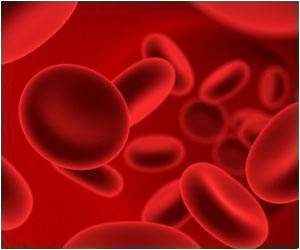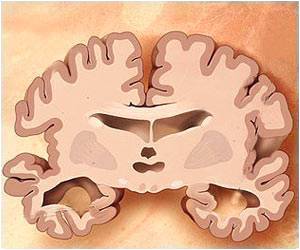The mystery behind the origin and longevity of human immune cells called memory T cells generated after an acute infection revealed.

‘The long-term memory cells have molecular markers and a gene expression profile that make them look like naive cells but they have other markers on their DNA which marks them as effector cells.’





Study OverviewThe researchers tracked T cells inside people’s bodies after they were given the long-lasting yellow fever virus vaccine, using a technology developed at Berkeley for monitoring the birth and death of cells in humans over long periods of time. The researchers found that CD8+ T cells, responsible for long-term immunity against yellow fever, proliferate rapidly on exposure to the vaccine but then evolve, beginning about four weeks after the vaccination, into a "memory pool" of cells that live more than 10 times longer than the average T cell.
"This work addressed fundamental questions about the origin and longevity of human memory CD8+ T cells generated after an acute infection," said Marc Hellerstein, senior coauthor and professor of nutritional science and toxicology at UC Berkeley. "Understanding the basis of effective long-term immune memory may help scientists develop better vaccines, understand differences among diseases and diagnose the quality of an individual person’s immune responses."
The study will be published December 13 in the journal Nature [Link]. The work was supported by grants from the National Institutes of Health.
When someone gets a vaccine or is exposed to a new infectious agent, cells that recognize the invader but had never have been called into action before - called naive cells - respond by dividing like crazy and developing infection-fighting functions. This creates a large pool of so-called memory cells, named for their ability to remember the specific infectious agent and respond effectively to repeat threats later. Over time, the large pool shrinks to a small number of long-term memory cells, which are primed to provide late protection. But scientists have debated how these memory cells are maintained and ready to strike for so long after the initial exposure.
Advertisement
"These cells are like veteran soldiers, camped in the blood and tissues where they fight their battles, waiting for yellow fever to show up," said Hellerstein. "They are resting quietly and they wear the clothes of untested new recruits, but they are deeply experienced, ready to spring into action and primed to expand wildly and attack aggressively if invaders return."
Testing the theory with yellow fever
Yellow fever virus is not a threat in the United States, which means that all the subjects had not been previously exposed and would not get exposed after the tagging period, making the vaccine ideal for studying what happens to newly generated cells over a long period of time, when there is no longer any infectious agent to fight.
After a first acute exposure to an infectious agent or vaccine, the body has an initial phase with lots of short-lived infection fighting soldiers, called effector-memory cells. Then after the threat is cleared, effector cells go away and small numbers of long-term memory cells are present. One of the central questions in immunology was whether the long-term memory cells went through an effector stage or went on a separate pathway of their own. The research team found that that a subset of the effector-memory pool that had divided extensively during the first two weeks after vaccination stayed alive as long-term memory cells, dividing less frequently than once every year.
The extremely long life-span of the surviving memory cells allows them to specialize over time into a unique, previously unrecognized type of T cell. The long-term memory cells have some molecular markers that make them look like naive cells that have never activated, including a gene expression profile that looks like that in naive cells, yet have other molecular markers on their DNA of having gone through battle as effector cells.
"These results make it clear that true long-term memory cells were once effector cells that have become quiescent," Hellerstein said. "This apparently keeps them poised to respond rapidly as new effector cells upon re-exposure to the pathogen."
The research team calculated that the half-life of these long-term memory cells is 450 days, compared to a half-life of about 30 days for the average memory T cell in the body, during which they are in general repeatedly exposed to common antigens in the environment. So when the memory pool goes quiet, these unique cells retain a fingerprint stemming back to the original exposure, and remain primed to respond rapidly if there is re-exposure to the pathogen.
"The combination of molecular evidence of a unique life history with direct measurement of their long life span is what gives this study such power," Hellerstein said. "The technology to measure the dynamics of the birth and death of cells and advances allowing it to be applied to very small numbers of cells let this study happen."
Source-Eurekalert















